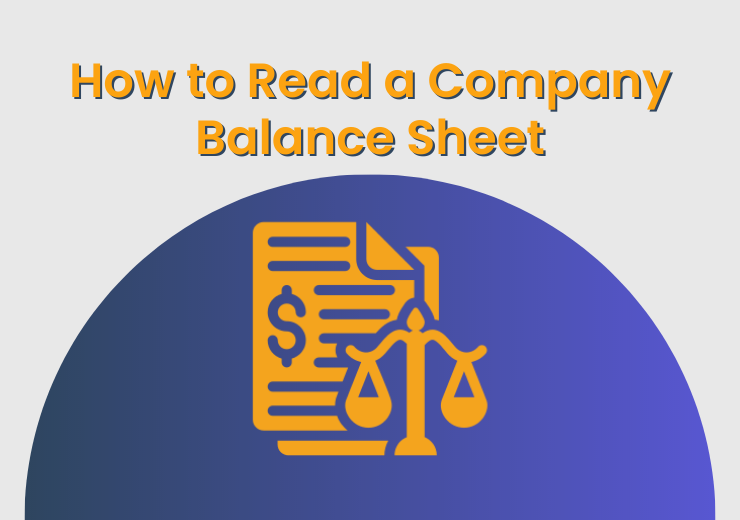Introduction:
The balance sheet is a crucial financial statement that provides valuable insights into a company’s financial health and overall performance. For individuals interested in understanding a company’s accounts, decoding the balance sheet is essential. In this article, we will guide you through the process of reading and comprehending a company balance sheet while emphasizing the accounting equation in the UK context.
Understanding the Accounting Equation:
Before diving into the intricacies of a balance sheet, it is crucial to grasp the fundamental concept of the accounting equation. The accounting equation represents the basis of double-entry bookkeeping and serves as the foundation for preparing financial statements, including the balance sheet.
The accounting equation is expressed as follows:
Assets = Liabilities + Shareholders’ Equity
This equation illustrates that a company’s assets, which include cash, inventory, property, and equipment, are financed either by external sources (liabilities) or by the company’s owners (shareholders’ equity). By understanding this equation, you can better analyze the balance sheet.
Components of a Balance Sheet:
A balance sheet is divided into three main sections: assets, liabilities, and shareholders’ equity. Each section provides valuable information about a company’s financial position.
- Assets: The assets section of a balance sheet lists everything that a company owns, including cash, accounts receivable, inventory, investments, and fixed assets. These assets are categorized as current assets (short-term assets) and non-current assets (long-term assets). Current assets are expected to be converted into cash within a year, while non-current assets have a longer lifespan.
- Liabilities: The liabilities section of a balance sheet represents the company’s obligations or debts. It includes accounts payable, loans, accrued expenses, and long-term liabilities. Like assets, liabilities are also classified into current liabilities (short-term obligations) and non-current liabilities (long-term obligations).
- Shareholders’ Equity: The shareholders’ equity section reveals the company’s net worth or the residual interest in the company’s assets after deducting liabilities. It consists of common stock, retained earnings, and additional paid-in capital. Shareholders’ equity reflects the investments made by shareholders and the retained profits of the company.
Analyzing the Balance Sheet:
Once you understand the three sections of a balance sheet, you can analyze the financial position of a company by examining key ratios and indicators:
- Current Ratio: The current ratio is calculated by dividing current assets by current liabilities. It indicates a company’s ability to cover its short-term obligations. A higher ratio suggests a healthier financial position.
- Debt-to-Equity Ratio: The debt-to-equity ratio compares a company’s total liabilities to its shareholders’ equity. It measures the proportion of debt financing in relation to equity financing. A lower ratio signifies a lower level of financial risk.
- Return on Equity (ROE): ROE measures the profitability of a company by dividing net income by shareholders’ equity. It reveals how efficiently a company is utilizing its equity to generate profits.
Conclusion:
By familiarizing yourself with the components of a balance sheet and the accounting equation, you can gain valuable insights into a company’s financial health. Remember to analyze key ratios and indicators to form a comprehensive understanding of the company’s performance. Reading a balance sheet may seem intimidating at first, but with practice and a solid grasp of the accounting equation, you can confidently interpret and evaluate a company’s accounts.

